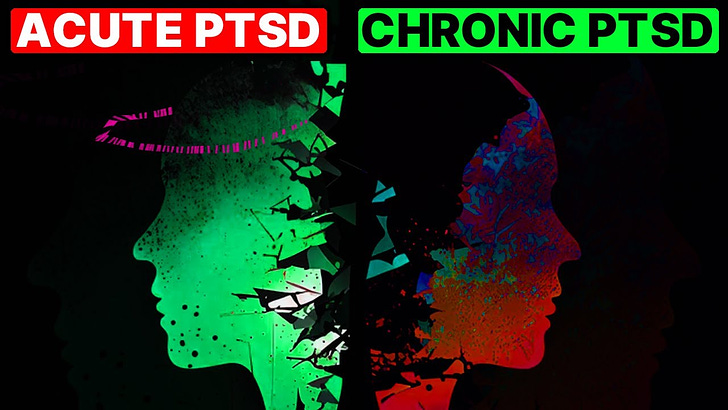Acute vs Chronic PTSD: The Difference Explained in 5 Minutes!
View the full video here:
Acute PTSD:
• Symptoms include flashbacks, nightmares, severe anxiety, intrusive thoughts, avoidance behaviors, mood swings, and heightened arousal.
• Responds quickly to prompt and appropriate treatment, such as trauma-focused therapy and support from loved ones.
• Early intervention can help regain a sense of normalcy sooner.
Chronic PTSD:
• Symptoms can last for more than three months after the traumatic event.
• Can cause long-term symptoms such as persistent flashbacks, severe anxiety, and emotional numbness.
• Can lead to other issues such as depression, substance abuse, and relationship problems.
• Caused by long-term or repeated exposure to trauma, such as ongoing abuse or multiple combat experiences.
• Causes widespread problems such as feelings of hopelessness, detachment from others, and a higher risk of developing other mental health disorders.
Treatment for Chronic PTSD:
• Can be more difficult but is entirely possible.
• Effective treatment modalities include cognitive behavioral therapy (CBT), eye movement desensitization and reprocessing (EMDR), and medication.
• Recovery is within reach, even if the journey is long.
• Understanding the distinction between acute and chronic PTSD is the first step in providing support to those affected by it.




